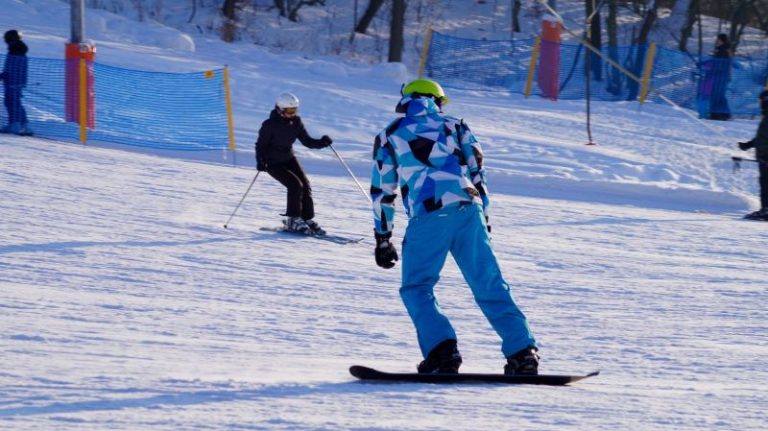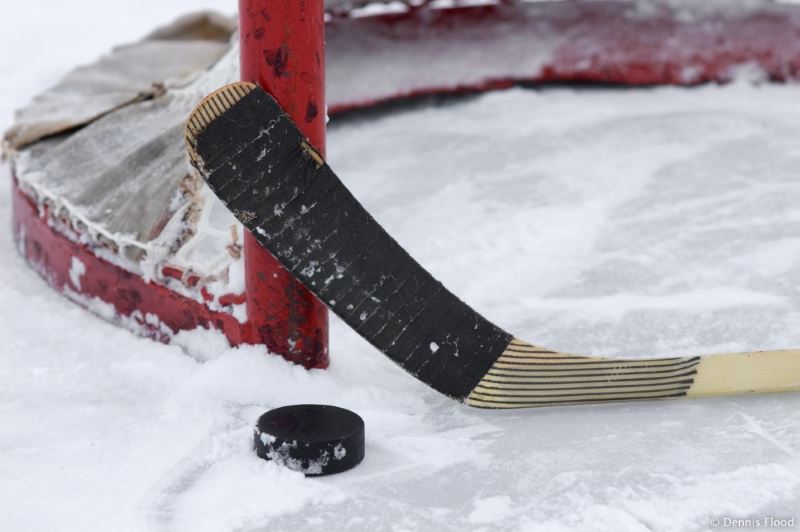Swim techniques to race fast and remain injury-free.
Swimming has a relatively low risk of sport related injury, yet, swimmers often complain of shoulder pain. This can be caused by muscle overuse and incorrect technique. By making stroke adjustments, you can not only minimize pain and prevent injury, but also improve performance.
The Physiotherapy Association of British Columbia (PABC) recently outlined some simple steps, call the Physio-4, that swimmers can use to reduce their chances for injury, prevent pain, and swim more effectively.
The Physio-4 for swimming:
Be mindful of body rotation. Never swim with a “flat body” as this limits the rotation of the shoulder along the axis of the spine. Develop a symmetrical way to rotate your body for an efficient breathing pattern and this will greatly reduce the risk of shoulder injuries.
Enter the water with a flat hand. A hand directed outwards when entering the water leads to unhealthy internal rotation. This is one of the most common causes of acute pain in the shoulder as it overuses the muscles. It is best to enter the water with a flat hand, fingertips first.
Maintain good posture. The saying “shoulders back, chest forward” applies both in and out of the water. Hunched or rounded shoulders can lead to a wide arm recovery that causes shoulder injuries and “cross-overs” in your stroke. Strengthening the muscles at the back of the shoulder and stretching those at the front will help prevent injury, and help you to swim faster.
Incorporate bilateral breathing into your swim workout. Breathing only on one side will develop the muscles on that side more than the other. This can eventually lead to shoulder problems. By breathing on both sides with every workout you can prevent this from happening.
Aside from these injury-prevention techniques, there are important things to remember when swimming outdoors. Never dive head first into water unless the depth is known. When swimming in lakes or oceans be aware of any natural hazards such as tides and rapids, never swim alone, and always let someone know where you are training. And always be mindful of boaters – because they may not always be looking for you.
If you are injured or in pain during or after swimming, or require an exercise program to help avoid or overcome shoulder injury, Sun City Physiotherapy can help. Call 250-861-8056 to book your appointment today.



